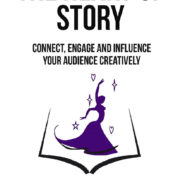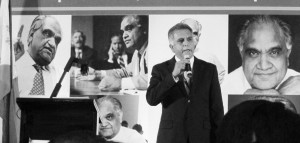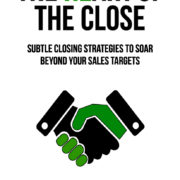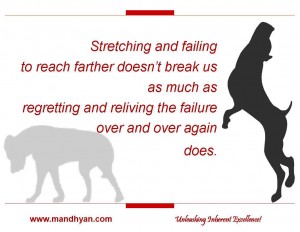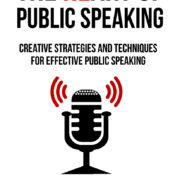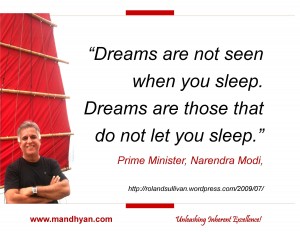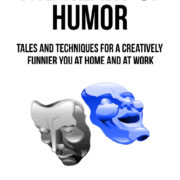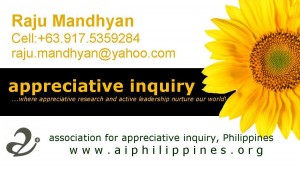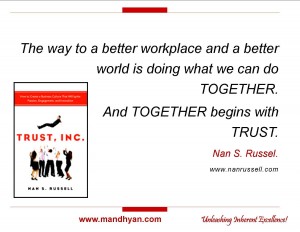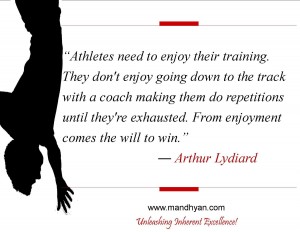Four Score and Seven Years Ago
As you grow up the corporate ladder you realize that besides your technical skills and management savvy, it is your ability to choose the right people, assign the right jobs and most important of all your ability to inspire people that takes the top credence.
A survey claims that at an average CEO spends over 90% of his time in working at communicating and inspiring people around him. Accomplished and successful CEOs do this with élan and there are many CEOs who need to work up and sharpen this edge of their competence.
There are numerous ways to do this and the most important and the most needed way to accomplish this is to get into the often and talk to people, facilitate thought and inspire action. Here is where your ability to think well, structure thought, connect suavely, engage deeply and influence with authenticity and congruence others needs tuning up and enhancing.
Of the many methods and approaches to connect, engage and influence others the most powerful way to do this is to tell stories. Not just stories that start with ‘Once upon a time..,” but stories that are stylishly crafted, deeply researched, cannily assembled, effectively succinct, powerfully inspiring and stylishly delivered.
Stories that can start with “Four score and seven years ago our fathers brought forth on this continent…” and claim that Lincoln’s Gettysburg address was regarded as one of the shortest possible speeches made by a President of the United States in those days but it was the most succinct, hit the nail bang on the head and was also awesomely inspiring.
Stories also claim that Lincoln spent a lot of time editing and practicing it his mind, while walking on a beach, before he settled with those set of words, that speech structure and that powerful story format to change the direction and history of a great country. CEOs today in the 21st century can learn from these classic cases and examples and tell stories to inspire.
What happens when you tell a story?
When you tell a story, you are handing out concepts and paradigm without indoctrinating and without being overbearing and boorish with details, data or delegation. With stories you are handing out dynamic, empowering flux and wisdom which listeners can use in any which way they want and mould it according to their understanding, according to their needs and yet be able to find common ground between them and you the CEO, the leader. Stories land upon the psyche of others but grip and move powerfully because the listener participates and takes ownership of ideas, emotions and interpretations that rise out their own being and their own value systems. Thus, not only do the listeners take ownership but also, subtly and smoothly but also make silent commitments to act and be responsible for what is co-created and generated between them and their leader.
This is powerful. This is one of the ways how effective CEOs and all leaders inspire others.

